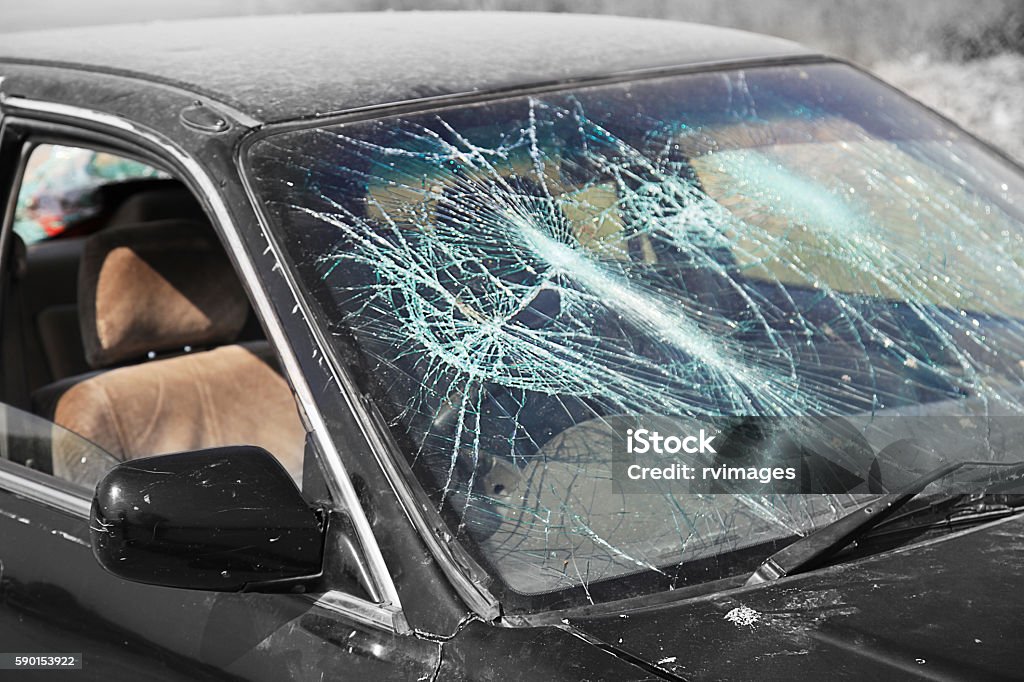In today’s information age, clarity and conciseness are king. Explainer videos, animated gems that simplify complex ideas, have become a powerful tool for businesses, educators, and non-profit organizations alike. But the world of explainer video production isn’t a one-size-fits-all landscape. Here, we delve into 10 compelling types of explainer videos, each with its unique strengths and applications:
1. The Classic Whiteboard Animation:
A timeless favorite, whiteboard animations use a hand-drawn, minimalist style to illustrate concepts. Lines appear on screen as if drawn by hand, often accompanied by a friendly narrator explaining the topic. This simple yet engaging approach makes it ideal for explaining processes, product features, or educational concepts.
2. The 2D Character-Driven Explainer:
Infuse your explainer video with personality by introducing engaging 2D characters. These characters can guide viewers through the narrative, adding a touch of humor or emotional connection. This format is perfect for explaining customer journeys, company culture, or complex products with a human touch.
3. The Kinetic Typography Explainer:
Let the text take center stage with kinetic typography. This visually dynamic style uses animated text that moves, transforms, and interacts with the screen. Perfect for grabbing attention and delivering concise information, it’s ideal for showcasing statistics, key features, or product timelines.
4. The Stop-Motion Explainer:
Add a touch of whimsy and charm with stop-motion animation. This technique uses real-world objects captured frame by frame, creating a unique and tactile aesthetic. It’s perfect for showcasing physical products, demonstrating mechanical processes, or adding a playful touch to educational content.
5. The 3D Explainer:
For a photorealistic and immersive experience, 3D animation takes the stage. This allows for detailed product demonstrations, intricate scientific visualizations, or even the creation of fantastical worlds to explain complex ideas. 3D explainers are ideal for showcasing technical products, medical concepts, or architectural designs.
6. The Data-Driven Explainer:
When you’re dealing with statistics, trends, or financial data, a data-driven explainer can be your secret weapon. This type of video utilizes charts, graphs, and infographics, often animated to make them more engaging. It’s perfect for explaining market research, financial reports, or scientific data analysis.
7. The Live-Action Explainer (with Animation):
Sometimes, the best way to explain something is to show it. Live-action footage combined with animation can offer a practical and engaging approach. This format is ideal for showcasing real-world applications, interviews with experts, or demonstrations of services with added visual clarity through animation.
8. The Motion Comic Explainer:
For a unique storytelling approach, consider the motion comic explainer. This format takes existing comic book panels and breathes life into them with basic animation and narration. It’s perfect for explaining historical events, literary classics, or complex narratives in a visually engaging and accessible way.
9. The Screencast Explainer:
For software demonstrations, tutorials, or explaining website features, a screencast explainer is your go-to choice. This format captures screen recordings while adding voiceover narration and visual annotations to guide viewers through the process. It’s ideal for tech companies, online platforms, or creating in-depth how-to guides.
10. The Explainer with a Twist: Live Animation / Interactive Elements
Pushing boundaries and creating truly interactive experiences, some explainers utilize live animation or interactive elements. Live animation involves creating the visuals in real-time, allowing for audience participation. Interactive elements like clickable hotspots or quizzes can enhance user engagement and personalize the learning experience.
Choosing the Right Explainer Video for You:
With so many options, selecting the right explainer video type depends on your specific needs. Consider the complexity of your subject matter, your target audience, and your desired style and budget.
The Power of Animation in Explainer Videos:
Animation plays a key role in the success of explainer videos. It grabs attention, simplifies complex ideas, injects personality, and enhances emotional connection. By choosing the right animation style and combining it with a clear, concise script, you can create an explainer video that truly resonates with your audience.
Beyond the Animation: The Importance of Script and Voiceover
While animation is captivating, the backbone of any explainer video is a strong script and a compelling voiceover. A well-written script ensures clarity and conciseness, while a professional voiceover artist brings the message to life with the right tone and energy.
Conclusion: Making Your Explainer Video Shine
Explainer videos are powerful tools for communication and education. By choosing the right animation style, crafting a compelling script, and utilizing a professional voiceover, you can create a video that not only informs but also engages and inspires your audience.
Additional Considerations for Success:
- Call to Action: A clear call to action at the end of your video is crucial. Tell viewers what you want them to do next, whether it’s visiting your website, subscribing to your channel, or contacting you for more information.
- Music and Sound Design: The right soundtrack and sound effects can elevate your explainer video and enhance the emotional impact. Upbeat music can energize viewers, while softer tones can create a more contemplative mood.
- Distribution Strategy: Once your explainer video is complete, develop a plan to get it seen by your target audience. Utilize social media platforms, embed it on your website, or consider paid advertising options.
- Analytics and Optimization: Track the performance of your explainer video using analytics tools. See what’s working and what’s not, and make adjustments to optimize its effectiveness.
The Future of Explainer Videos:
As technology evolves, so too will the world of explainer videos. Here are some exciting trends to watch:
- Interactive elements: Expect to see more explainer videos that incorporate interactive features, allowing viewers to engage with the content on a deeper level.
- Microlearning: Shorter, bite-sized explainer videos tailored for specific learning objectives will gain popularity.
- Artificial Intelligence (AI): AI could play a role in automating some aspects of explainer video creation, making them more accessible and affordable.
By embracing these trends and staying creative, explainer videos will continue to be a valuable tool for businesses, educators, and anyone looking to share their message with the world in a clear, concise, and engaging way.
Read More: https://carmenton.xyz/








